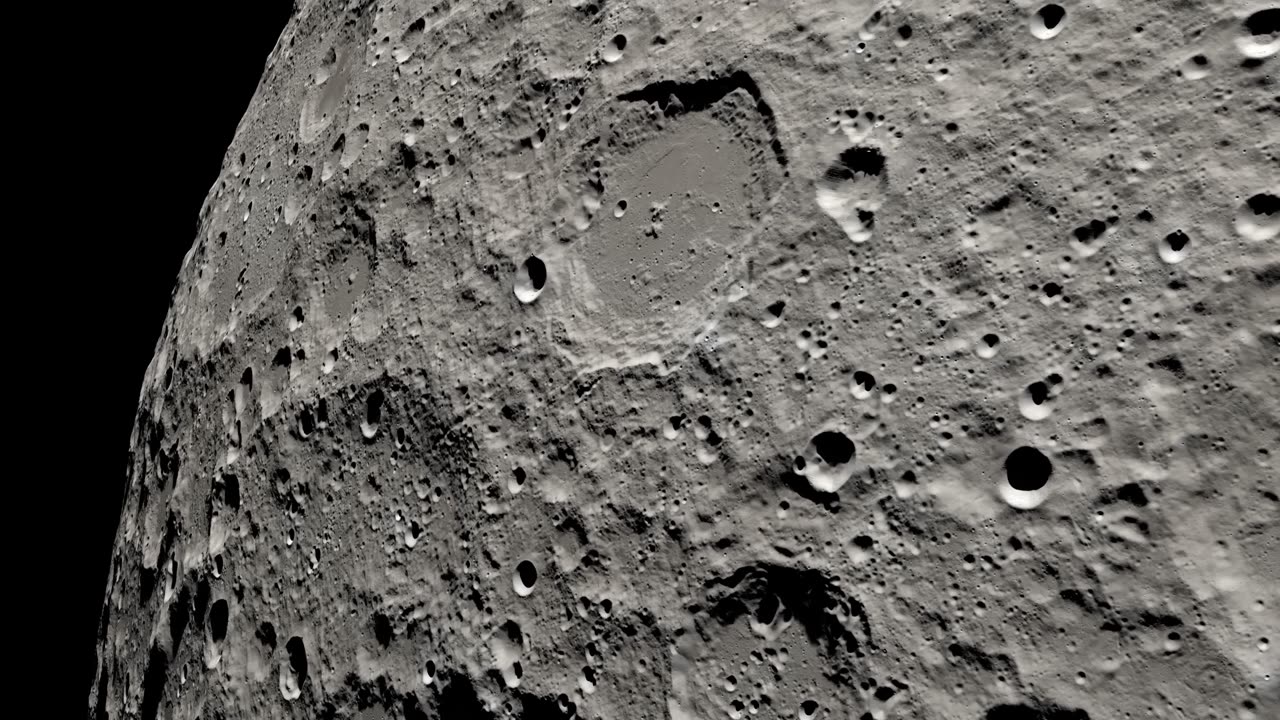Premium Only Content

Apollo 13 Views of the Moon in 4K | NASA
"Apollo 13" was the seventh crewed mission in NASA's Apollo space program, and it was intended to be the third mission to land on the Moon. Unfortunately, the mission is best known for the near-disaster that occurred during its journey to the Moon.
On April 11, 1970, the Apollo 13 spacecraft, commanded by James A. Lovell Jr. and piloted by Fred W. Haise Jr., was launched from Kennedy Space Center in Florida. However, two days into the mission, an oxygen tank in the service module exploded, causing a critical failure. This explosion forced the crew to abort their planned lunar landing and instead focus on returning safely to Earth.
As a result of the explosion and limited resources, the crew of Apollo 13 did not get to view the Moon up close from its surface. Instead, they had to conduct a "free return" trajectory, which allowed them to loop around the Moon and use its gravity to help slingshot them back towards Earth. This path took them within 137 miles of the lunar surface at its closest approach.
The crew, which also included John L. Swigert Jr., faced numerous challenges, including limited power, loss of cabin heat, and a scarcity of water and other essential supplies. The mission was ultimately successful in returning the crew safely to Earth, thanks to the quick thinking of the astronauts and the efforts of mission control on the ground.
While they didn't get to land on the Moon, the crew of Apollo 13 did get to see the lunar surface from their spacecraft during their slingshot maneuver around the Moon. They reported on the Moon's surface features and took photographs, which contributed to our understanding of the Moon. Despite the challenges they faced, Apollo 13 remains a testament to the skill, determination, and teamwork of both the astronauts and the people on the ground who worked to bring them back safely.
-
 LIVE
LIVE
FusedAegisTV
11 hours agoStreet Fighter 6 FINALS, CS2 Semifinals | $1,250,000 | Riyadh, Saudi Arabia EWC 2025 !estv
131 watching -
 40:42
40:42
SouthernbelleReacts
1 day ago $0.02 earned😂 American Pie (1999) Reaction | Iconic Teen Comedy, High School Chaos & 90s Nostalgia 🥧
7.84K1 -
 LIVE
LIVE
LumpyPotatoX2
2 hours agoBecome a HellDiver Today - #RumbleGaming
115 watching -
 LIVE
LIVE
Midnight In The Mountains
3 hours agoGaming w/ PER·SE·VER·ANCE | Sassy Saturday Fortnite | with the Midnights!
54 watching -
 LIVE
LIVE
shyboyking
2 hours agoThe Bots Of The Bots !!!😎
67 watching -
 24:06
24:06
True Crime | Unsolved Cases | Mysterious Stories
5 days ago $0.13 earnedShe Traveled Alone… and Never Came Back – 5 Mysterious Unsolved Cases (Part 6)
6.43K5 -
 27:23
27:23
Clickbait Wasteland
15 hours ago $0.02 earnedAsking New Yorkers Who They Support For Mayor: Staten Island
10.6K3 -
 16:58
16:58
World2Briggs
23 hours ago $0.01 earnedThe California Rant: Point Blank With No Fluff or BS. California Gold?
6.72K2 -
 17:49
17:49
Chris Harden
1 day ago $0.01 earnedThe Glass Capital That Shattered | The Decline of Streator, Illinois
5.55K1 -
 51:15
51:15
JohnXSantos
3 days agoClothing Brand Manufacturers + Winners
3.5K1